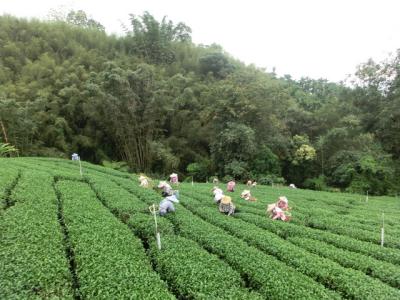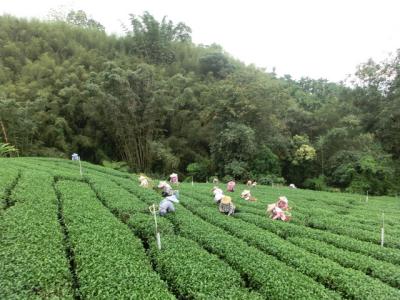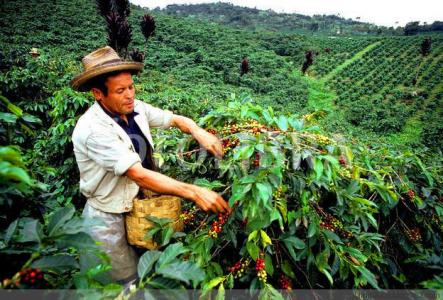What are the varieties of coffee beans in the central mountain area of Aceh in Sumatra?
What are the varieties of coffee beans in the central mountain area of Aceh in Sumatra?
Indonesian coffee is characterized by thick, rich, medium acidity and varied amounts, most of which come from different sources, such as Sumatra, Sulawesi, Jawa or Timur. The Chinese have a high regard for Mandheling coffee in Indonesia, and it is one of the coffee products with the highest acceptance of single coffee.
Mandheling, Indonesia, was once hailed as the best French coffee bean in the world. Nowadays, as long as the raw coffee beans processed in Indonesia after this special process, they will be sold as Manteau coffee beans. Tapanuli coffee is grown by the Mandailing people in the Tapanuli area from the northwest. At the end of the second festival, a Japanese soldier was introduced into the Japanese market. Because of the sound guidance, the coffee was made into Mandheling manteau coffee by Mandailing.
Sumatra coffee is very complicated and elusive. The best coffee in Thailand comes from two places, near Lake Lake Tawar in the northern province of Thailand and the mountain slopes of Lake Lake Toba in the south. Because many small farmers use a special semi-washing method, the coffee machine removes the peach peel and pulp, and the coffee beans still have a lot of mucus on them, and then they are stored and mixed in a fermentation trough. The fermentation time is about 24 hours a day, and when the fermentation is completed, the attached mucus will be easily washed away with water. Finally, when the daily drying reaches about 30% to 35% water content, excluding the coffee beans, they can be sold on the market.

Important Notice :
前街咖啡 FrontStreet Coffee has moved to new addredd:
FrontStreet Coffee Address: 315,Donghua East Road,GuangZhou
Tel:020 38364473
- Prev

Flavor description of Yunnan Coffee A brief introduction to the production area of Grinding Calibration method
Yunnan Coffee Flavor description, texture characteristics, Grinding scale processing A brief introduction to the French production area the rise of the national brand of Chinese coffee conforms to the 1.4 billion Chinese Chinese Dream! Yunnan Dongyi small-grain coffee, bearing the century-old history of Yunnan coffee cultivation, has participated in international exhibitions many times, and has won the highest quality in the global coffee industry; it is responsible for turning Yunnan small-grain coffee into China's mainstream coffee and solving millions of coffee.
- Next

Flavor description of Antigua Coffee beans in Guatemala
Taste description of Antigua Coffee beans Antigua Antigua (Antigua) is a first-class coffee growing area with volcanic soil and plenty of sunshine, Rain Water. Every 30 years or so, the area near Antigua is hit by a volcanic eruption, which provides more nitrogen to the already rich soil, which makes Antigua coffee very soft.
Related
- Detailed explanation of Jadeite planting Land in Panamanian Jadeite Manor introduction to the grading system of Jadeite competitive bidding, Red bid, Green bid and Rose Summer
- Story of Coffee planting in Brenka region of Costa Rica Stonehenge Manor anaerobic heavy honey treatment of flavor mouth
- What's on the barrel of Blue Mountain Coffee beans?
- Can American coffee also pull flowers? How to use hot American style to pull out a good-looking pattern?
- Can you make a cold extract with coffee beans? What is the right proportion for cold-extracted coffee formula?
- Indonesian PWN Gold Mandrine Coffee Origin Features Flavor How to Chong? Mandolin coffee is American.
- A brief introduction to the flavor characteristics of Brazilian yellow bourbon coffee beans
- What is the effect of different water quality on the flavor of cold-extracted coffee? What kind of water is best for brewing coffee?
- Why do you think of Rose Summer whenever you mention Panamanian coffee?
- Introduction to the characteristics of authentic blue mountain coffee bean producing areas? What is the CIB Coffee Authority in Jamaica?

